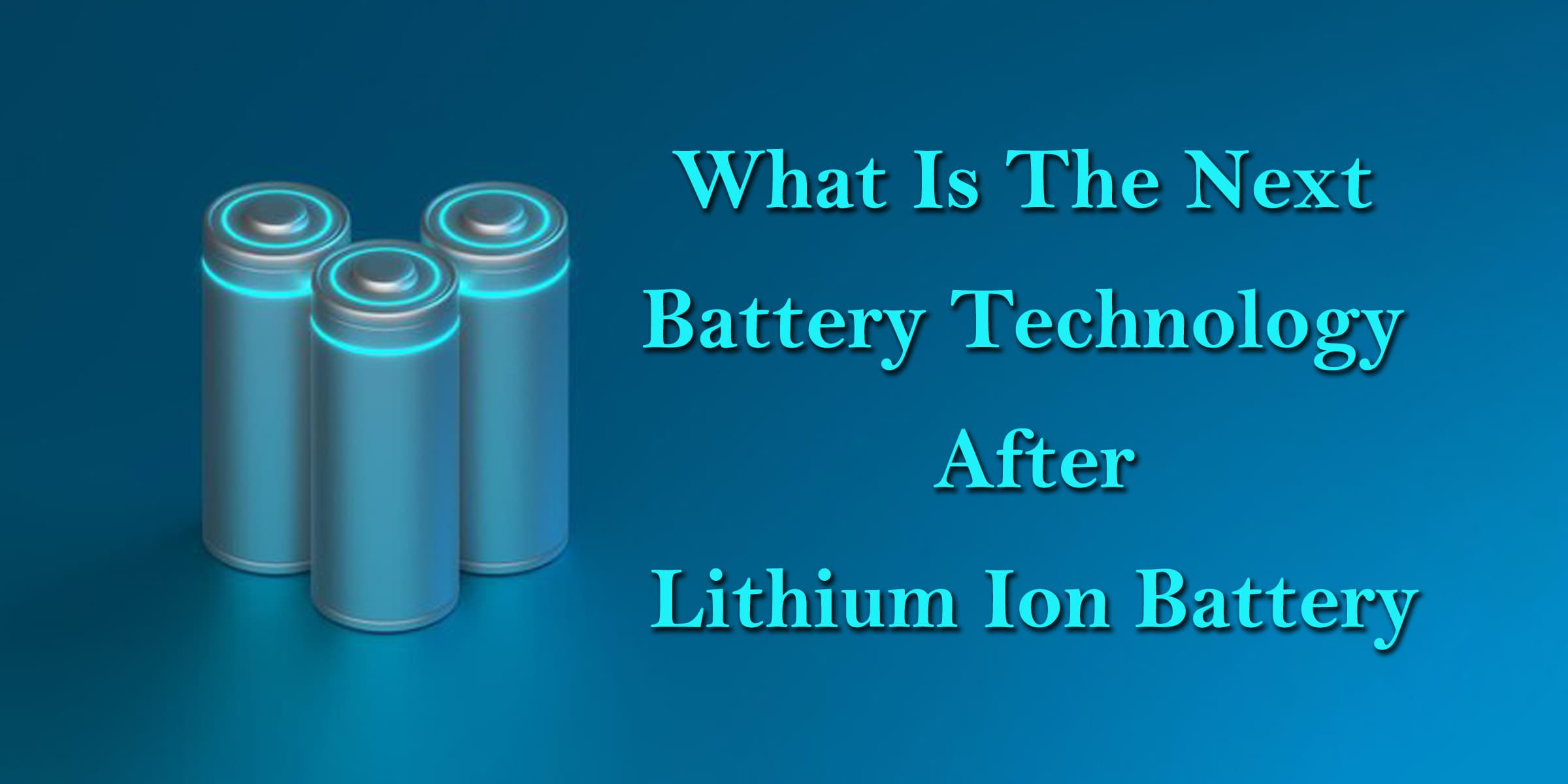Core Technologies Reach Inflection Point, Driving Widespread Innovation Beyond Consumer Tech

Recent decades have seen fundamental technologies like batteries, power electronics, electromagnetics, and computing reach a critical inflection point, transitioning from specialized or consumer-focused applications to widespread industrial and societal integration. This maturation, characterized by significant cost reductions and performance enhancements, is now unlocking new possibilities across diverse sectors. As noted by Sam D'Amico in a recent tweet, these advancements were initially less apparent as "consumer tech kept them closer to the world of bits. Now they’re cheap and good enough for everything else."
Battery technology, particularly lithium-ion, has undergone a dramatic transformation. The cost of lithium-ion battery packs plummeted by approximately 90% from $1,400 per kilowatt-hour in 2010 to $140 per kilowatt-hour in 2023, according to Volvo Trucks. This decline is attributed to both technological innovation, such as cell-to-pack designs offering higher energy density, and a downturn in battery metal prices. The International Energy Agency reported a nearly 14% fall in battery pack prices between 2022 and 2023 alone. These advancements are critical for the rapid growth of electric vehicles and grid-scale energy storage.
Power electronics, the backbone of modern energy conversion and control, have similarly seen significant progress. Innovations in wide bandgap semiconductors like silicon carbide (SiC) and gallium nitride (GaN) have led to more efficient, compact, and reliable power conversion systems. These components are crucial for electric vehicle charging, renewable energy integration, and industrial motor drives, enabling higher power density and reduced energy losses across various applications. The increased efficiency and reduced size of these systems are key enablers for the broader adoption of electrified solutions.
Advancements in electromagnetics, encompassing areas like electric motors, generators, and magnetic sensing, have also contributed to this technological shift. Modern electric motors are significantly more efficient and powerful than their predecessors, benefiting from improved magnetic materials and design techniques. This has been pivotal for the development of high-performance electric vehicles and industrial machinery. Electromagnetic principles are also fundamental to wireless power transfer and advanced sensing, finding new uses in smart infrastructure and automation.
The exponential growth in computing power, coupled with decreasing costs, has made sophisticated processing capabilities ubiquitous. From embedded systems in smart devices to powerful cloud computing platforms, the ability to process vast amounts of data and execute complex algorithms is now accessible and affordable. This enables artificial intelligence, advanced automation, and real-time control systems that were previously unfeasible. The convergence of these powerful, cost-effective computational capabilities with physical technologies is driving innovation in robotics, smart manufacturing, and autonomous systems.
This widespread availability of "cheap and good enough" fundamental technologies is catalyzing a new era of innovation. Industries ranging from transportation and energy to manufacturing and healthcare are leveraging these mature capabilities to develop more efficient, sustainable, and intelligent solutions, marking a profound shift in technological application beyond their initial consumer-tech confines.